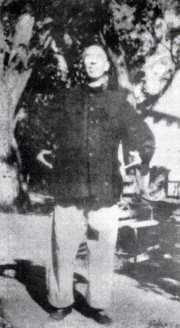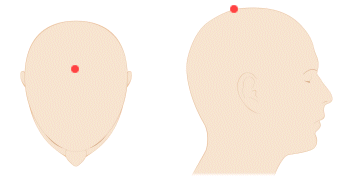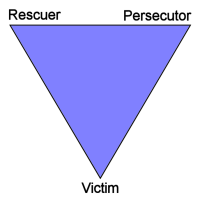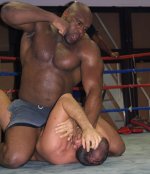
Wang Xiangzhai
practices
standing meditation
In 1939, Wang Xiangzhai issued a public challenge through a Beijing newspaper. His objective: to test and prove the new martial arts training system of Yiquan, a system that placed standing meditation (zhan zhuang) at its core.
Expert fighters from across China, Japan and even Europe traveled to answer Wang’s challenge. None could beat him or his senior students. His standing meditation training produced superior results in a shorter time period, when compared to methods used in boxing, Judo, and other styles of Kung Fu.
Considering the proven value of standing meditation, surprisingly few people undertake the practice today. Why is this? As Wang himself noted, the exercise is plagued by logical contradictions.



